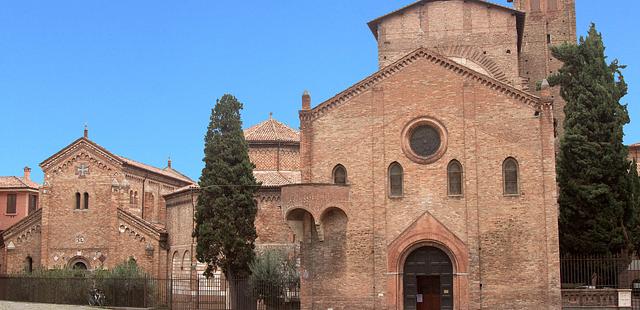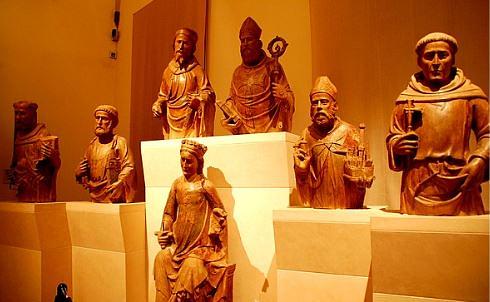Showing 21 attractions
A magnificent complex of churches, cloisters, and courtyards dating back to the fifth century. — Concierge
A diverse collection of wax, bone, papier-maché and mummified relics. — Atlas Obscura
It houses a permanent collection of modern art (defined as post–World War II until five minutes ago). — Fodor's
Peruse waxwork uteri in the Obstetrics Museum and giant tortoise shells in the Museum of Natural Sciences. — Lonely Planet
The museum is home to some fine collections from Emilia-Romagna, from prehistoric to Renaissance times. — Michelin Guide
The main church of Bologna, San Petronio Basilica dominates the main plaza. — Afar Magazine
The city's main art gallery has a powerful collection of works by Bolognese artists from the 14th century onwards. — Lonely Planet
Houses a permanent collection of modern art (defined as post-World War II up until five minutes ago). — Fodor's
Embellished with a lovely Renaissance gallery, this 13C church houses the splendid Bentivoglio chapel, decorated in part by Lorenzo Costa, from Ferrara, and adorned with the Virgin. — Michelin Guide
This palace was the seat of the city university from 1563 to 1805. — Lonely Planet
Built in the 14th century, the ornate Palazzo D'Accursio (or Palazzo Comunale) served as the Bologna city hall till 2008. — Frommer's
This huge pedestrian square is the center of Bolognese life. — Concierge
The Sanctuary of the Madonna di San Luca has a commanding presence in the landscape overlooking Bologna. — Afar Magazine
7
2 reviews
7
2 reviews
Offers among its exhibits a 1606 harpsichord and a collection of beautiful music manuscripts dating from the 1500s. — Fodor's
Elaborate 1563–66 Baroque fountain and monument to Neptune occupying Piazza Nettuno has been aptly nicknamed Il Gigante ("The Giant"). — Fodor's
The bells in the tower have rung whenever the city has celebrated, mourned, or called its citizens to arms. — Fodor's
More than 200 towers, built by the aristocracy as symbols of wealth and power, once pierced Bologna's skyline. Thirty remain today, many incorporated into later palazzi. — Concierge
7
2 reviews
Built in 1244, this palace became home to King Enzo of Sardinia, who was imprisoned here in 1249 after he was captured during the fierce battle of Fossalta. — Fodor's
1 - 20 of 21 results
























































